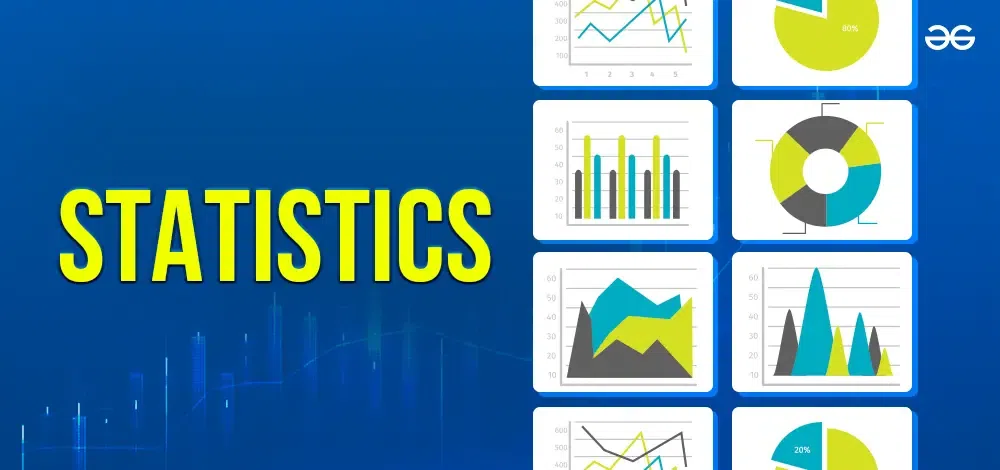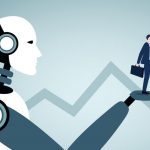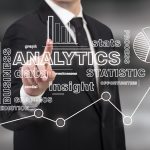Understanding Statistics: The Backbone of Data Analysis
Statistics is a branch of mathematics that deals with collecting, analyzing, interpreting, presenting, and organizing data. It plays a crucial role in a variety of fields, including economics, business, healthcare, social sciences, and more. With the growing reliance on data for decision-making, the importance of statistics has never been more prominent. In this article, we will delve into the fundamentals of statistics, its key concepts, applications, and its significance in today’s data-driven world.
What Is Statistics?
At its core, statistics involves working with data. It helps make sense of large amounts of information by summarizing and interpreting data to extract meaningful insights. These insights can then be used to make informed decisions, forecast trends, and solve real-world problems.
Statistics is broadly categorized into two types:
- Descriptive Statistics: This branch of statistics deals with summarizing and organizing data. Descriptive statistics are used to describe the main features of a dataset through measures like mean, median, mode, range, and standard deviation.
- Inferential Statistics: This involves making predictions or generalizations about a population based on a sample of data. Inferential statistics use methods such as hypothesis testing, confidence intervals, and regression analysis to draw conclusions from data.
Key Concepts in Statistics
1. Population and Sample
- Population refers to the entire set of individuals, items, or data points of interest. For example, the population could be all the residents of a country or all the products in a store.
- Sample is a subset of the population, selected for analysis. Since analyzing an entire population can be impractical or expensive, samples are used to draw conclusions about the population.
2. Mean, Median, and Mode
- Mean: The average of a data set, calculated by summing all the values and dividing by the number of values.
- Median: The middle value in a sorted data set, or the average of the two middle values if the number of values is even.
- Mode: The value that occurs most frequently in a data set.
These measures of central tendency help describe the general trend or central point of a data set.
3. Variance and Standard Deviation
- Variance measures the spread of data points around the mean. A high variance means that data points are spread out, while a low variance indicates they are closer to the mean.
- Standard Deviation is the square root of the variance and provides a measure of how much individual data points deviate from the mean.
4. Probability
Probability is a fundamental concept in statistics that quantifies the likelihood of an event occurring. Probability ranges from 0 (impossible event) to 1 (certain event) and plays a vital role in inferential statistics, where predictions are made based on data samples.
5. Correlation and Causation
- Correlation refers to the relationship between two variables. A positive correlation means that as one variable increases, the other tends to increase as well. A negative correlation indicates that as one variable increases, the other decreases.
- Causation, however, implies that one variable directly influences the other. It’s important to note that correlation does not imply causation, meaning that just because two variables are correlated, it doesn’t necessarily mean that one causes the other.
Applications of Statistics
Statistics is used in a wide range of industries and disciplines to inform decision-making, predict trends, and solve problems. Here are some key areas where statistics play a pivotal role:
1. Business and Economics
Statistics is an essential tool in business and economics for making data-driven decisions. Companies use statistical analysis to understand customer behavior, optimize marketing strategies, assess market trends, and improve product quality. In economics, statistics are used to analyze economic data, study inflation rates, and predict economic growth.
Example: Businesses use regression analysis to determine how variables like price, advertising budget, and product features affect sales. This helps in optimizing marketing campaigns and pricing strategies.
2. Healthcare
In healthcare, statistics are used in clinical trials, epidemiology, and health policy planning. Medical researchers use statistical methods to evaluate the effectiveness of new treatments, track the spread of diseases, and improve patient care.
Example: Survival analysis is used in clinical trials to estimate the time until an event (like recovery or death) occurs, helping doctors understand the effectiveness of new treatments.
3. Social Sciences
Social scientists rely on statistics to study human behavior, societal trends, and public opinion. Surveys, experiments, and observational studies are common tools that use statistical analysis to draw conclusions about populations and societies.
Example: Polling uses statistics to predict election outcomes by sampling a subset of voters and applying inferential statistics to project the likely outcome for the entire electorate.
4. Sports
Statistics have become an integral part of sports performance analysis. From player performance metrics to team strategies, sports analysts use data to make decisions about lineups, game strategies, and player recruitment.
Example: In baseball, sabermetrics is the application of statistical analysis to evaluate player performance. It helps teams optimize lineups, improve player scouting, and make game-time decisions.
5. Data Science and Machine Learning
In the field of data science, statistics plays a crucial role in analyzing big data and building predictive models. Machine learning algorithms, which rely heavily on statistical methods, are used to make predictions, automate tasks, and gain insights from complex datasets.
Example: Machine learning models such as linear regression, logistic regression, and decision trees are based on statistical principles and are used to predict outcomes like customer churn, product demand, and risk in financial markets.
The Importance of Statistics in the Data Age
In today’s world, data is generated at an unprecedented rate. From social media activity to online transactions, the amount of data available for analysis is immense. As a result, statistics has become more critical than ever. Here are a few reasons why statistics is important in the modern data-driven era:
- Data-Driven Decision-Making: In business, healthcare, government, and other sectors, decisions based on statistical analysis are more likely to be objective and informed.
- Predictive Analytics: Predictive analytics uses statistical techniques to forecast future trends and behaviors based on historical data, helping businesses and organizations plan more effectively.
- Risk Management: Statistics allow businesses and governments to assess risks, make contingency plans, and optimize resources. In finance, for example, risk modeling helps banks and insurance companies understand and mitigate risks.
- Research and Innovation: Whether it’s in academic research or technological innovation, statistics provide the foundation for experimental design, hypothesis testing, and result validation.
Common Misunderstandings About Statistics
Statistics, while powerful, can be easily misunderstood or misused. Some common misconceptions include:
- Correlation vs. Causation: As mentioned earlier, just because two variables are correlated does not mean one causes the other. This misunderstanding can lead to flawed conclusions.
- Small Sample Sizes: Drawing conclusions from a small sample can be misleading, as the results may not represent the broader population.
- Cherry-Picking Data: Selectively using data that supports a particular conclusion while ignoring data that contradicts it can lead to biased or incorrect interpretations.
Conclusion
Statistics is the backbone of modern data analysis, enabling individuals and organizations to make sense of complex data, forecast trends, and make evidence-based decisions. From healthcare to business, sports, and data science, the applications of statistics are vast and ever-growing. Understanding the key concepts of statistics and how to apply them can empower individuals to navigate the data-rich world we live in today.
As data continues to grow in volume and importance, the role of statistics will only become more essential, shaping the future of decision-making, innovation, and research. Whether you’re a data analyst, business leader, or researcher, mastering statistics will equip you with the tools to unlock the full potential of data.


